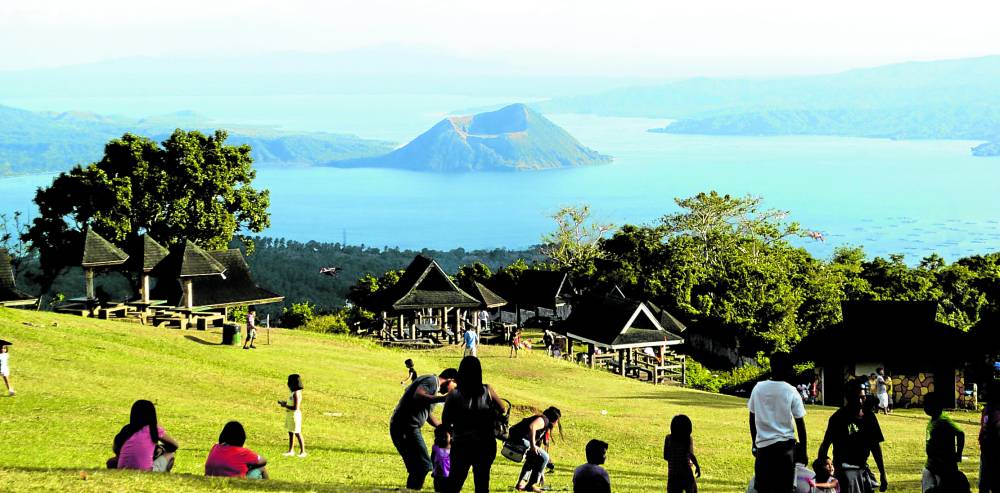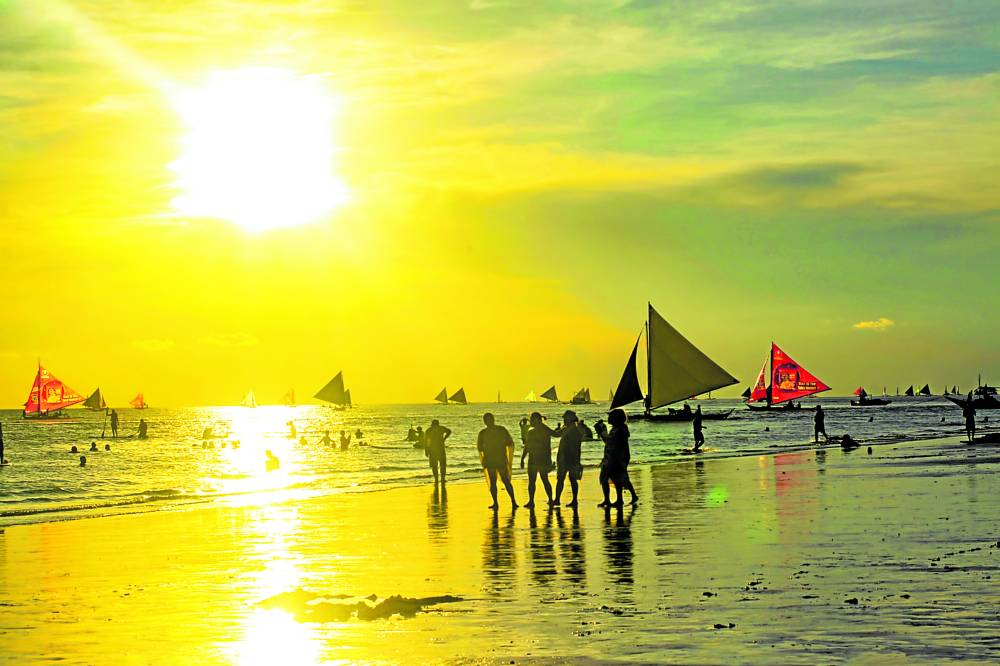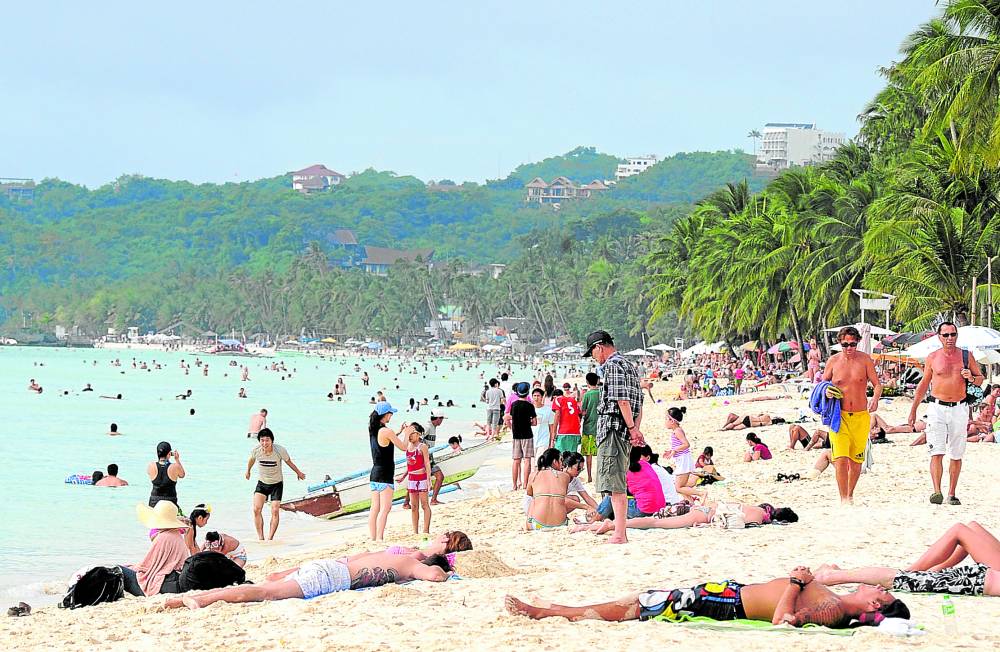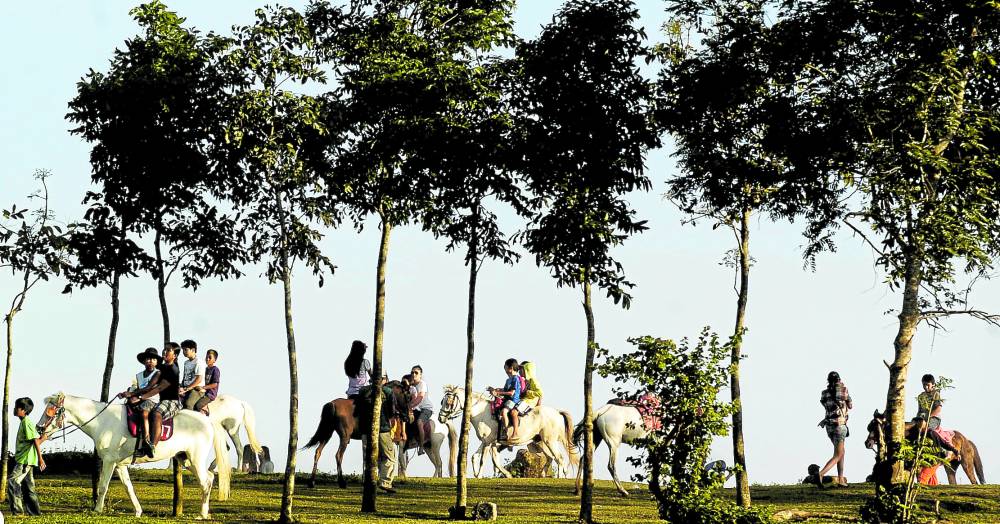Revenge travel still gaining momentum

SUMMER CROWD Tourists flock to Asakusa Temple in Tokyo, Japan, in this June photo. —Doris Dumlao-Abadilla.
Despite mobility having returned to prepandemic normalcy for quite some time now, Filipino and foreign travelers alike have remained eager to see more of the world.
Airlines have been flying more passengers to their dream destinations and hotels have been receiving guests who have plans to stay as long as a month for vacation. Indeed, revenge travel has yet to wane off—passengers are just as excited as when the COVID-19 mobility restrictions were lifted the first time.
“Yes, revenge travel is still ongoing. Many people who were unable to travel during the pandemic are eager to explore new places and make up for lost time,” Cebu Pacific spokesperson Carmina Romero told the Inquirer.
She shared that the Gokongwei-led airlines’ domestic capacity has already surpassed prepandemic levels as of June. International capacity, meanwhile, has been restored to 94 percent of the network prior to the massive lockdowns in 2020.
“These statistics show that people are actively seeking new travel experiences,” she adds.
Philippine Airlines (PAL) spokesperson Cielo Villaluna agreed, noting that the flag carrier has seen robust bookings for both domestic and international flights.
Villaluna, in an interview with the Inquirer, said the Lucio Tan-led airline had serviced 9.2 million passengers last year. It expects to log in better numbers this year.
“Pent-up travel desire is the driving force behind high passenger loads,” she explained.
Pent-up demand

TOURIST HOT SPOTS In the Philippines, Boracay, Bohol and Tagaytay are among the favorite destinations of local and foreign travelers. —Inquirer file photos.
Digital travel platform Klook Philippines said that 87 percent of Filipinos have expressed interest in traveling this year and 17 percent of them have already booked a holiday trip.
“We’re seeing a huge pent-up demand for travel, which gives me a huge amount of confidence,” said Tony Fernandes, CEO of AirAsia Philippines parent company Capital A.
According to the Department of Tourism (DOT), the Philippines registered over 3 million international arrivals from January to July. Tourism revenue for the period rose sixfold to P212.47 billion from just P35.29 billion a year ago.
Most of the tourists came from South Korea, United States, Australia, Japan and Canada.
“We are glad to report that in roughly seven months, we have already achieved the 3-million international visitor arrivals mark, reflecting continued robust recovery and the gains of the Marcos Administration towards the resurgence of Philippine tourism,” Tourism Secretary Christina Garcia Frasco said.
Supply chain woes

The twin-hulled motorized vessels that carry passengers who wish to sail along the Loboc river in Bohol are again receiving guests after the devastation brought about by Typhoon Odette on December 16, 2021. (CONTRIBUTED PHOTO).
However, air travel is being threatened by a supply chain crunch around the world.
Over 160 Airbus planes, including some units under the fleet of Cebu Pacific and PAL, were grounded because US-based engine manufacturer Pratt & Whitney was not able to provide required aircraft maintenance immediately due to supply chain issues.
As a result, many flights have been delayed or canceled. Passengers have turned to social media to air out their complaints.
Despite this, the local airlines have remained positive on the growth in passenger movement this year.
“We are still optimistic about the growth in passenger movement this year. After all, the aviation industry is highly resilient. Although there are delays in the supply chain, influencing the availability of aircraft components or services, the aviation industry constantly discovers alternative ways to mitigate these disruptions,” Romero said.
“We remain confident that we will attain growth in passenger movement. To address operational challenges, we are adjusting the number of flights assigned to each aircraft,” Villaluna added.
Both airlines are in the process of acquiring more jets to augment their fleet and mitigate the flight delays and cancellations.
Popular destinations

More tourists stroll on Boracay Island in this June 2022 photo as travel restrictions are relaxed due to the decline in COVID-19 cases around the country. (IAN PAUL CORDERO / INQUIRER VISAYAS).
Travelers love to go to beaches and be out in nature, at least according to popular routes being serviced by the airlines.
PAL and Cebu Pacific cite Boracay, Bohol, Puerto Princesa, Cebu, Bacolod, Iloilo and Davao as the go-to destinations, especially during the summertime when people want to feel the ocean breeze against their skin and just cool off.
According to a Klook study, top local destinations are Boracay, Manila, Tagaytay, Cebu, Clark and Subic. Popular foreign travel spots, meanwhile, are Singapore, Japan and Hong Kong.
“We are seeing a strong and fast recovery especially for Hong Kong since its reopening and we are expecting a continued double-digit growth in the next months,” Klook Philippines country manager Michelle Ho said.
Klook observed that booking for Hong Kong flights had risen by 230 percent in January from the previous month.
“As the year goes on, it is difficult to predict the exact travel trends. This is because of the rapidly changing global travel landscape. Certain routes may become popular again when conditions get better, but others may take longer to recover because of ongoing challenges,” Romero shared.
Value for money

A huge volume of Foreign Tourists flock at the Beach front of Boracay as peak season start during Holiday season of December in Malay, Aklan. ARNOLD ALMACEN/INQUIRER PHOTO.
Philippine Hotel Owners Association (PHOA) executive director Benito Bengzon said that Filipino travelers were not necessarily scrimping on their spending despite consumer prices going high.
“Value for money would be the key determinant in travel decisions. Many guests are still willing to pay a higher rate as long as they see the value in terms of facilities, amenities and service,” he told the Inquirer.
Majority or 75 percent of the Filipino travelers, nonetheless, expressed willingness to “spend the same amount or even more just for travel,” according to a Klook study.
The PHOA official explained that hotel bookings would be driven by the “aggressive and sustained tourism marketing promotions of both government and private sector.”
The Hotel Sales and Marketing Professionals Association also sees the hospitality sector returning to prepandemic levels after hitting 80-percent occupancy rate in January. The group expects momentum to be sustained because of more foreign tourists arriving on local shores.
Recently, the DoT unveiled the country’s new tourism campaign slogan: “Love the Philippines.” Frasco said this was in “recognition of our natural assets, our long and storied history, our rich culture and diversity.”
The new slogan replaced the “It’s More Fun in the Philippines” tourism campaign, which had been used for 11 years.
Diverse activities

Local Tourist enjoy the Horse back riding and the view of Taal Volcano. Also to cool down the heat in Metro Manila during the weekends at Tagaytay Picnic Grove Eco in Tagaytay City, Cavite, last Sunday. ARNOLD ALMACEN/INQUIRER.
When travelers go out, they have a list of things to do—which range from fun and exciting to calm and relaxing.
Filipinos, who prefer to allot six to nine days for travel, usually visit theme parks and participate in water sports, Klook said. Travelers are usually solo individuals, friends, couples and families.
According to travel app SigeGo, travelers also want to go on spas, wellness and detox retreats during vacation.
“We now see a trend on camping, trekking and glamping trips as old-timers and first-time adventurers want to feel close to nature,” it added.
An Airbnb study noted that travelers were also now staying for more than 28 days in a destination to have deeper engagement with the locals.
